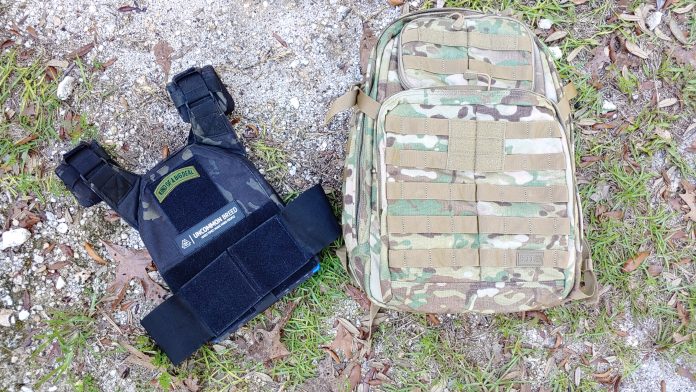
There was a time when I thought I was a little crazy. You see, everyone in the Marine Corps dreaded hikes. I didn’t, I hated long runs, but hikes were rather enjoyable. I think it was my large frame and long legs that made hikes much easier for me. What the Marine Corps calls hikes the rest of the world calls rucking. Today we are all talking all about rucking and why you should be rucking.
What’s Rucking?
Rucking is pretty dang simple. Strap some weight to your body and get out there and start walking. The difference between rucking and hiking in the ordinary world is slight but important. Hikers explore nature, take trails, and explore for fun. Ruckers focus on the exercise portion of walking with weight.
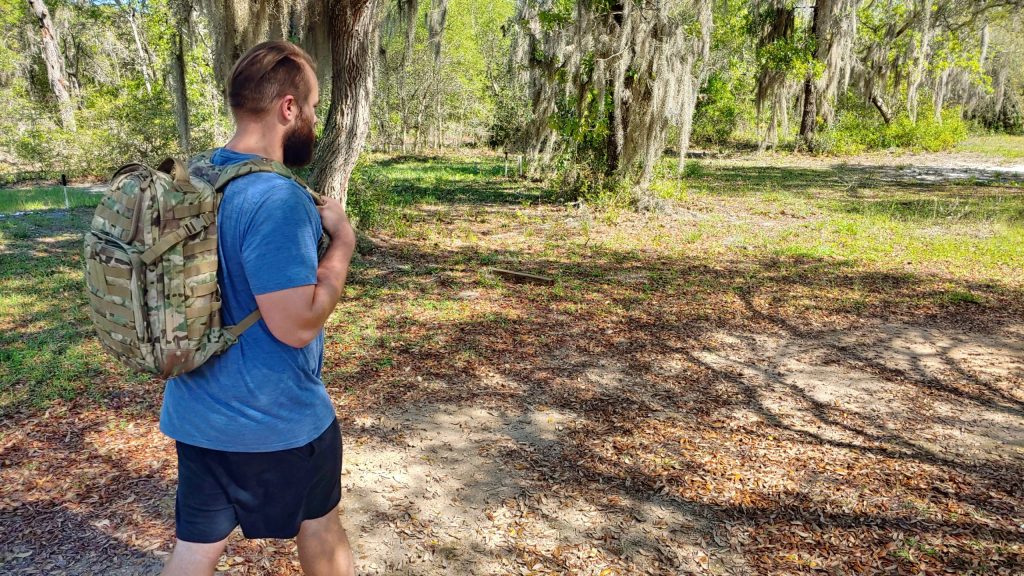
Benefits of A Ruck
First and foremost, like any form of exercise, rucking builds strength. Strapping weight to your body and walking with some enthusiasm will strengthen both your legs and back. It’ll make them nice and strong, and you’ll feel it in your calves, hamstrings, and lats.
Oh, also, don’t forget you’ll be working on your cardio here. Your heart will start beating fast, and when you walk at a brisk pace, you’ll be burning some real calories. Almost as much as running, roughly 3/4s of the same calories depending on the speed of the run and ruck.
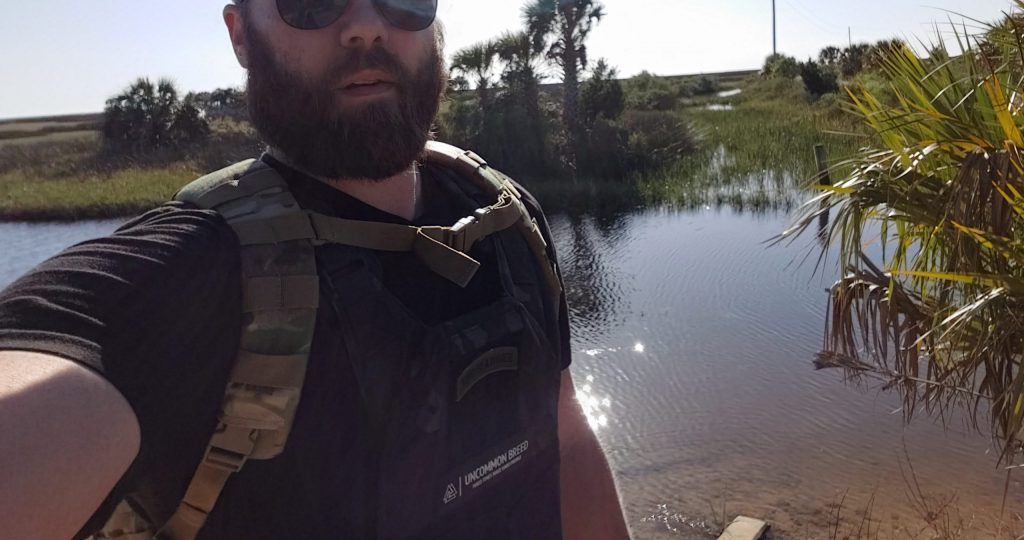
At the same time, you aren’t killing your knees near as bad a run does. When you run, you are placing up to 12 times your body weight on your knees with every step. With rucking, you are placing roughly three times your body weight on your knees with each step.
We prepare for bug-out scenarios with gear, but rucking prepares you with the physical ability to bug out. It’s a valuable skill. You’d be surprised how many great runners get a good surprise when they strap weight on their bodies and hit the road on a ruck.
What To Ruck With?
You got two total options when it comes to rucking. The first and most common is the use of a backpack. Backpacks and hiking packs make up the majority of rucking packs. Personally, I think Jansport makes a good backpack, but I probably won’t ruck with it.
An old school Alice pack with an external metal frame is a very affordable option to start. I’ve been using my Rush24 2.0 pack, and it’s been a very comfortable option.
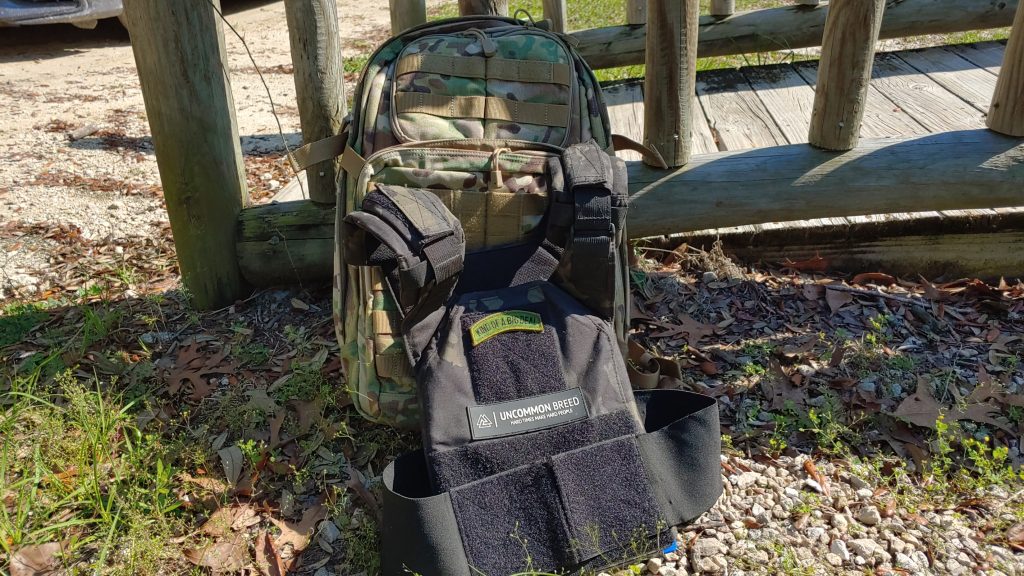
Packs from Mystery Ranch and Tactical Tailor offer you a very high-quality, professional-grade pack. You can pack a lot more weight in a backpack once you get nice and strong.
Alternatively, instead of a pack, you can get a weight vest. A weight vest distributes the weight across the body and is honestly more comfortable for long hauls. I use a weight vest more often than a pack. To me, it’s easier to use and less likely to cause injury. Packs can cause injuries when worn incorrectly. However, weight vests tend to be more expensive.
How Do I Ruck?
It’s pretty simple. Put on some weight, start walking, and try to do it fast! Okay, so there can be more to it than that. I advise starting with very little weight and learning how to wear your pack. You can use weights, sandbags, purpose-built rucking weights from Go Ruck. Heck, ammo cans full of sand work well.
Start with 15 pounds of weight and a 1-mile walk, see how it feels and add the weight as necessary. Like any form of exercise, you use progressive overload to get stronger. Start with a mile ruck and see how you feel. Make sure you’re hydrated and make sure you consult a doctor before you begin any exercise program.
Training to a standard exists for a reason. How can you measure progress without a standard to work against? So, who sets rucking standards? Well, believe it or not, the U.S. Forest Service has an excellent standard for wildland firefighters.
To A Standard
Wildland firefighters with federal, state, tribal, county and even private outfits have to conform to this standard to serve on federal wildfires. It’s known as the Work Capacity Test.
The Work Capacity Test (WCT) has three levels to it, the Light, Moderate, and Arduous.
The Light WCT, or Walk test, requires no additional weight and requires the Rucker to move 1 mile in 16 minutes. It’s not too bad and a great place to start your rucking adventure.
Next, we have the Moderate, or Field Test, which requires a 25-pound pack and a two-mile ruck that has to be completed in 30 minutes or less.
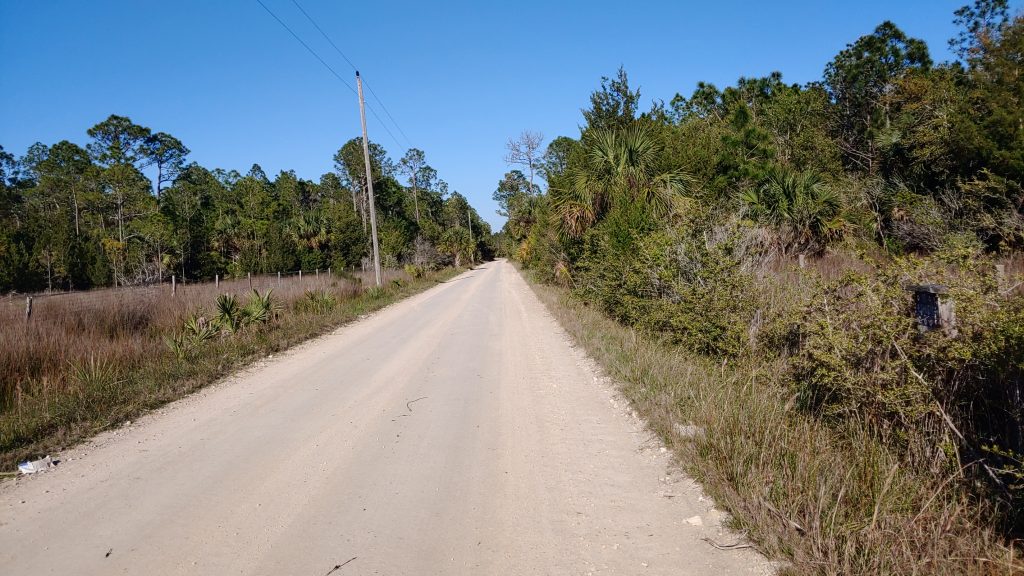
Finally, we got the man maker, the Arduous, or Pack Test, which requires a 45-pound pack and a three-mile ruck that has to be completed in 45 minutes or less.
Some of these sound easy, and when I was a few years and tens of pounds away from the Marine Corps, I thought I could still kick the Pack Test’s butt. I proved myself wrong and remembered conditioning is critical.
Work your way up to the arduous and take your time. Rushing it will get you hurt. You wouldn’t try to bench 225 on day one of the gym, right? Well, don’t try to rush to the top of the pack test mountain either.
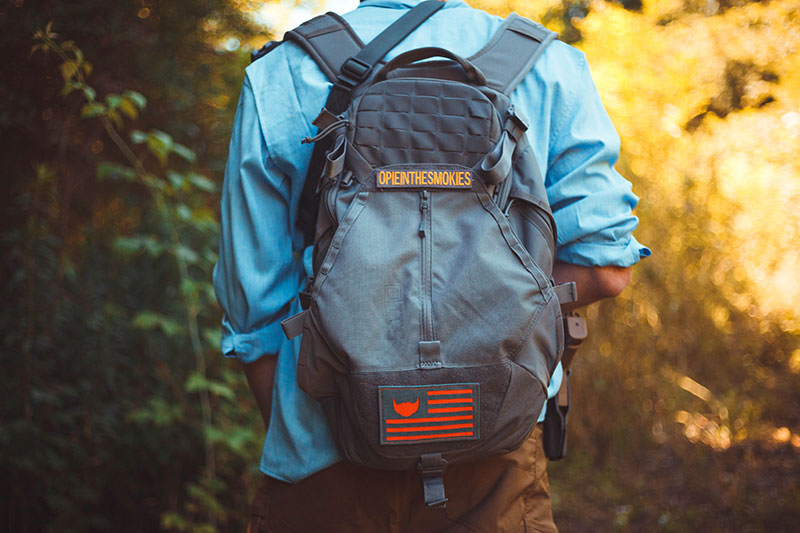
Ruck Up
Grad, some weight, find a good flat road and move your butt. Find a good podcast you like and fire away. It’s peaceful, gives you that much-needed ‘you time, builds strength, sheds fat, and makes you better prepared for disaster scenarios. So get to rucking!



